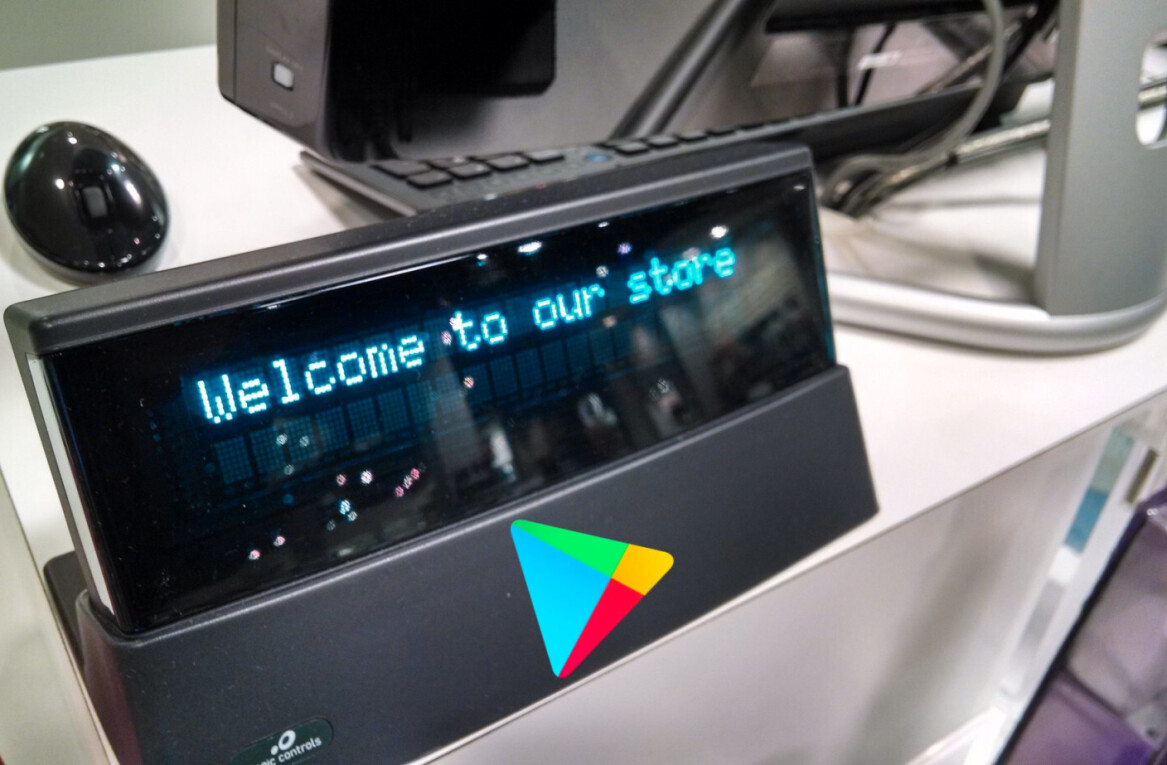
Jolla made a splash last November when it showed off its Sailfish mobile operating system at the Slush tech conference. The company has ambitious goals for its fledgling OS, and Forbes is reporting that the Finnish company believes the Chinese market provides the right waters to go swimming in.
2013 is shaping up to be the year of the Android alternative. Sailfish is based on an offshoot of Intel and Nokia’s Meego. Meanwhile, Samsung is gearing up to release phones powered by Tizen, which is also based on Meego, later this year. Mozilla is also planning to launch Firefox OS phones sometime in 2013, and Ubuntu is also working on its own mobile OS, though it might not ship by the end of this year.
Jolla already has a carrier deal with Finnish operator DNA to provide a Sailfish phone, but it has set its sights on China, which is home to the world’s biggest group of Android users. CEO Mark Dillon told Forbes that he believes Chinese customers are over Android.
“Standing out is really important in Chinese culture,” he said, according to the report.
Frankly, I’m concerned for the Jolla team if that’s their approach to the Chinese market. This kind of broad, unqualified stereotype about a culture is invariably bound to be at least partially inaccurate, and Dillon’s assessment runs counter to the general assumption that Chinese culture is actually less individualistic and more communitarian. From what I’ve seen, it’s the younger generation in China that is more concerned with “standing out”, while their elders are often content to blend in.
My semantic quibbles aside, however, Jolla is making a noticeable effort to establish its brand in China. Its homepage has both English and Chinese, and it has already established accounts on Sina Weibo and Tencent Weibo, the two top microblogging services in China. The company has opened an office in Hong Kong to pave the way for its phones.
Forbes notes that Jolla’s partners in Hong Kong have formed a $270 million alliance to target the Chinese market. It inked a distribution deal with D.Phone, a leading phone retailer in China with over 2,000 stores, last year.
Local Chinese companies are busy carving out the low-end of the market (sub-$200) with their budget Android handsets. A few, such as Xiaomi, Meizu and Oppo, are targeting mid-range pricing (approximately $200-$500). Jolla is reportedly aiming for prices between $500-$800, which should put it in direct competition with foreign brands like Samsung, Nokia and Apple.
Still, there’s room enough for Jolla in China’s handset market. Estimates from industry analysis firm Canalys suggest that overall smartphone sales in the country will reach 240 million in 2013. China Mobile, China’s dominant carrier, has said it expects to sell 120 million 3G devices this year.
Get the TNW newsletter
Get the most important tech news in your inbox each week.





